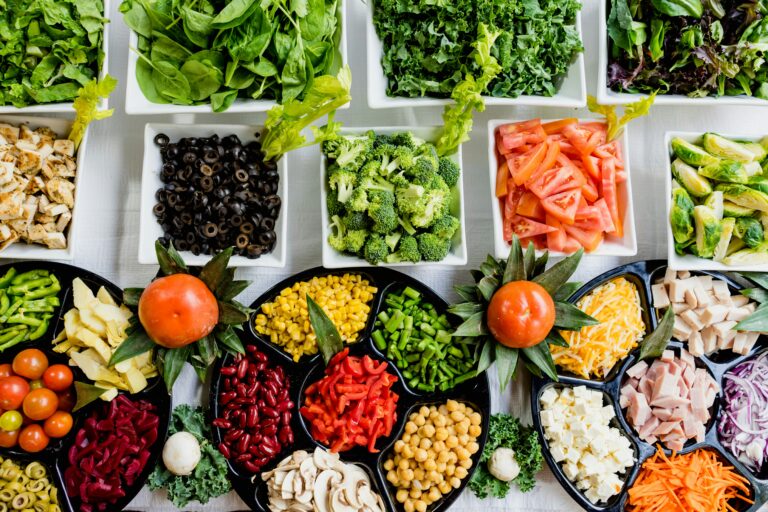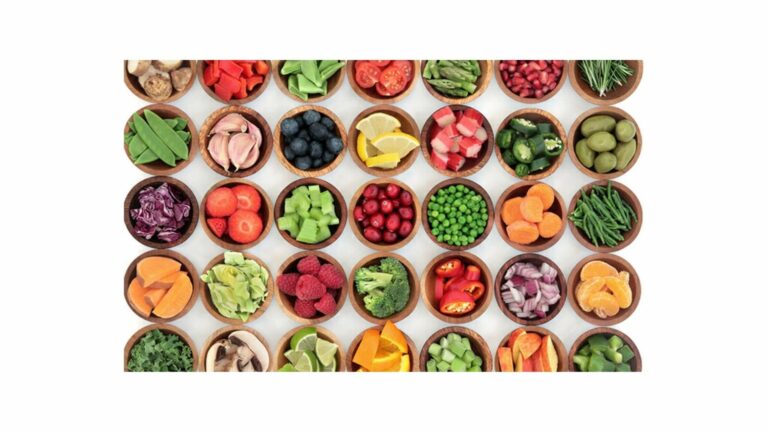Understanding Low Glycemic Index Diet And Its Importance!
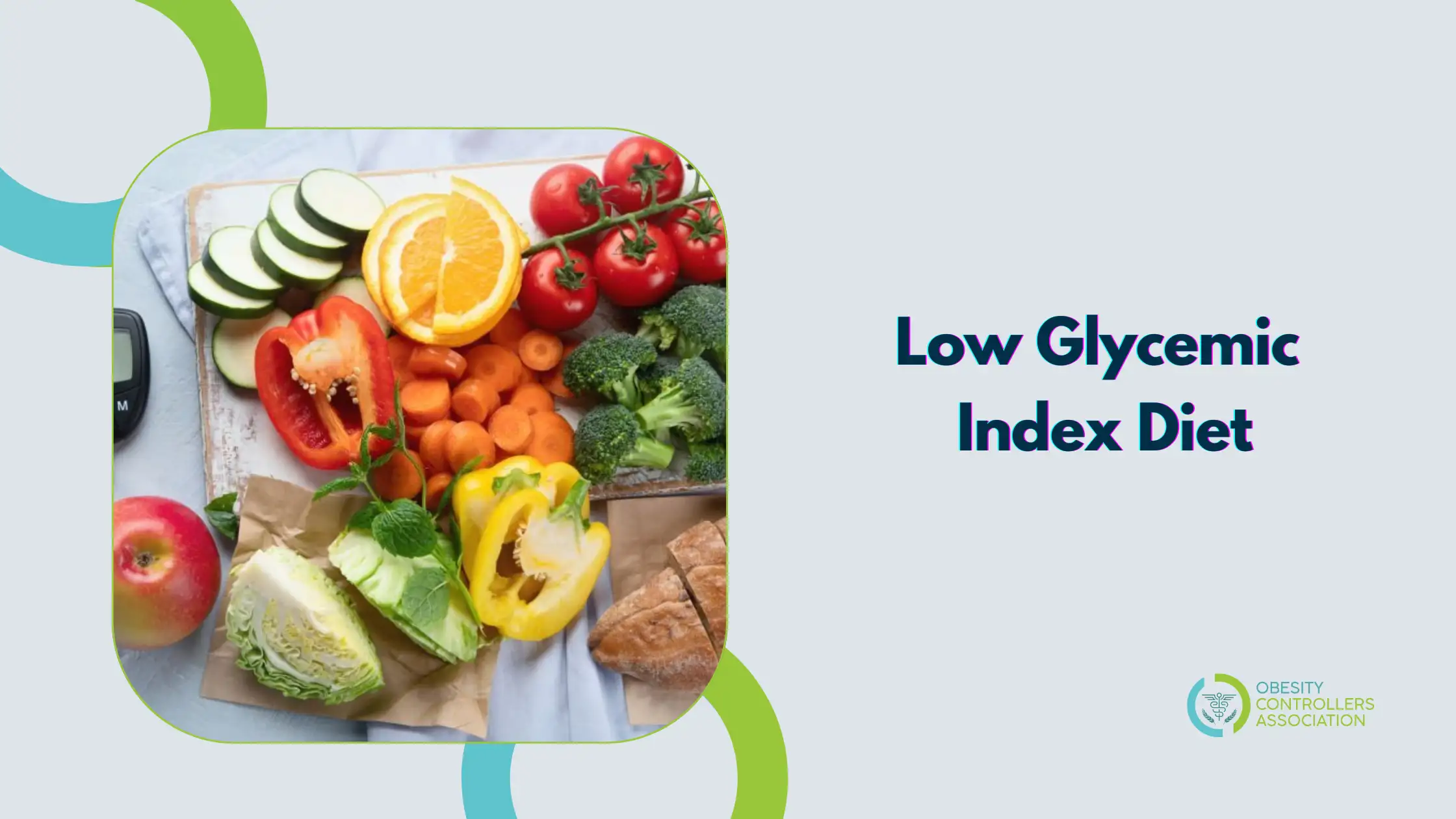
If you are obese, your chances of getting diabetes increase twofold. We live in a time when junk food is easily available and is cheaper when compared to healthy eating options. Junk food is rich in fats, sugars, and salts, increasing your body’s glycemic index.
Glycemic Index, in simpler words, is the measure of the time taken by a particular food to turn into blood glucose after entering the bloodstream. Or it is the spike in blood sugar levels after a particular food is digested. The food’s quantity is also considered when calculating the glycemic index; this is known as the glycemic load.
What Exactly Is Glycemic Index?
The glycemic index is a tool that helps you make smarter and healthier food choices. Further, the glycemic index is a value between 0 and 100 given to a food item. Pure glucose holds a value of 100. For example, most fruits, vegetables, beans, sprouts, and grains are low-GI foods with GI values ranging from 10 to 55. Whereas burgers, fries, pizza, soft drinks, and pastries are high-GI foods, and their GI values may be between 60 and 95.
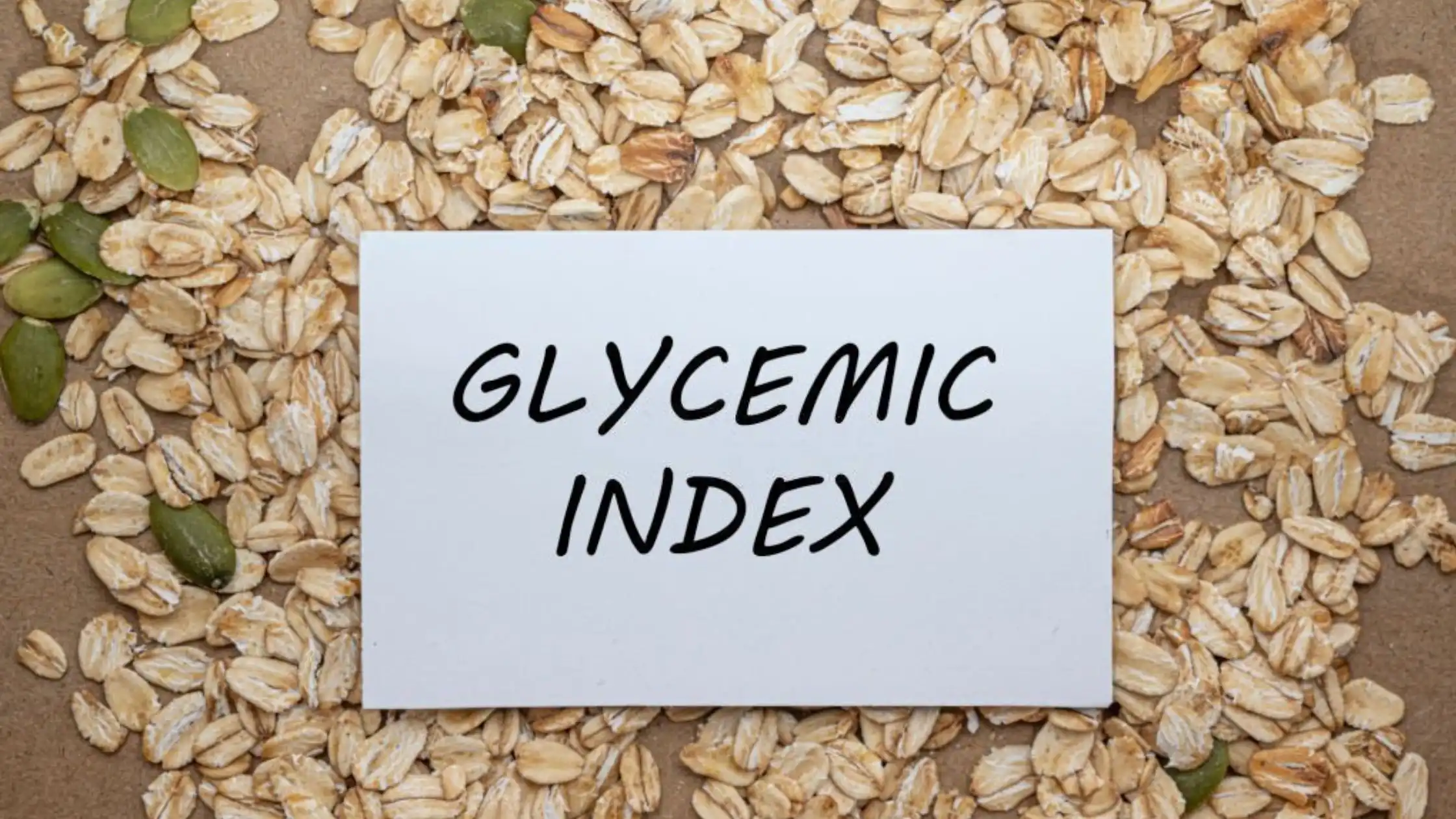
The glycemic index is especially important for weight watchers and is a concern for diabetics. In both cases, a diet that is low in glycemic index is advised. Following a low-GI diet may help you lose weight or keep your weight at a desired rate.
In addition to aiding in weight loss and reducing blood sugar levels, a low GI diet also reduces the risk of type 2 diabetes, heart disease, and cancer. It also helps to maintain blood pressure and cholesterol levels.
Is The Glycemic Index The Same As Carbohydrates?
Carbohydrates are the main source of energy. The glycemic index is a generalized ranking of foods according to how quickly the blood sugar level is raised when the food is ingested.
Foods like white bread and sugary drinks are digested in no time. These foods are rich in carbs and have a high GI value. On the other hand, wheat bread and roti are foods that contain lower carbs comparatively, and their GI value is much lower than the former mentioned food items.
With the above-mentioned example, it is proved that GI can also be used as an indicator to determine how long the food may make a person feel satiated and can aid as a tool to choose foods that leave one feeling full for a longer time.
Low Glycemic Index Diet
A low GI diet is a diet that is based on eating foods that will take longer to enter the bloodstream. It is a planned diet, and the glycemic index of various foods is considered while planning it.
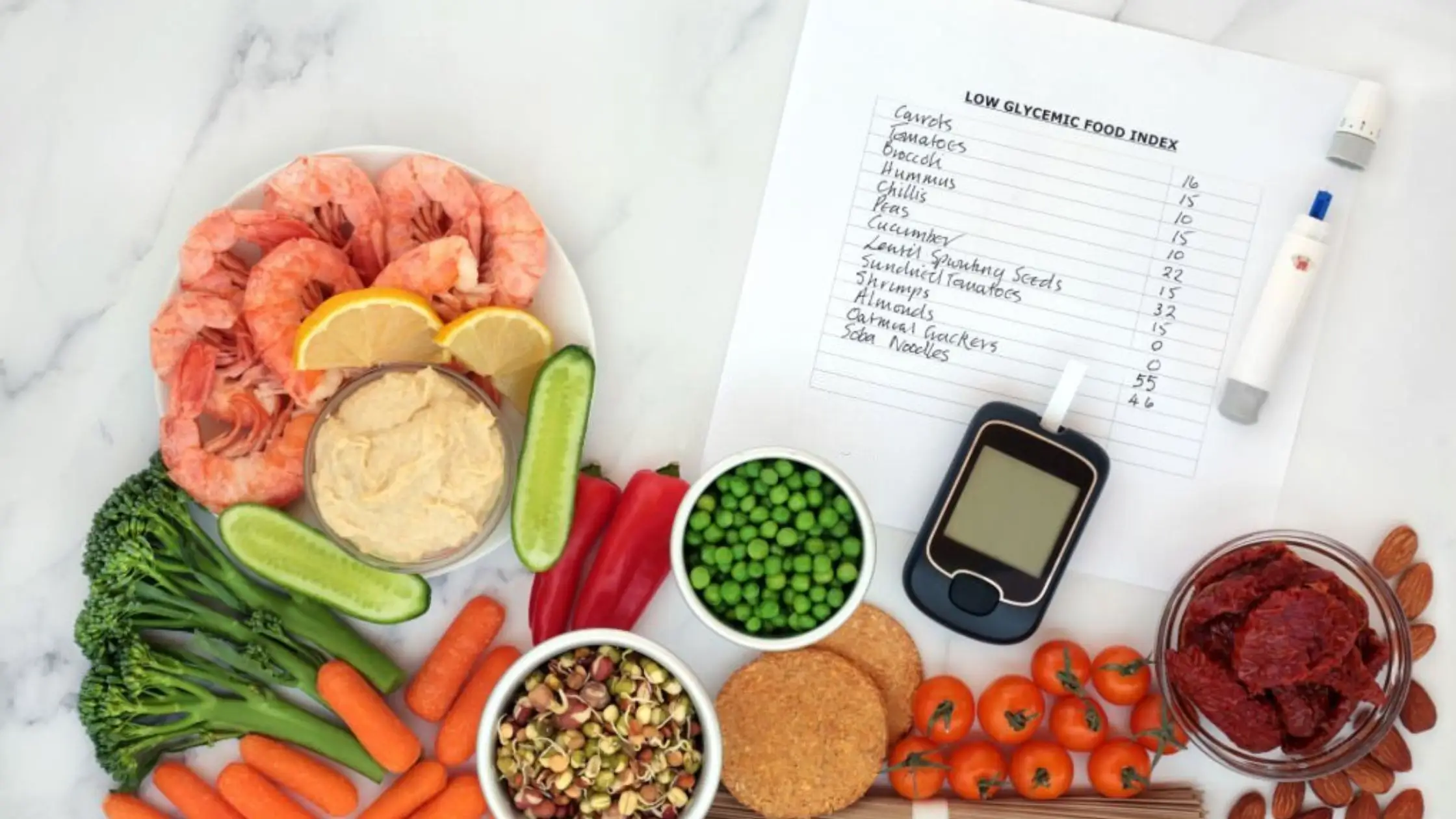
The glycemic index is rated from 1 to 100 for various foods, and in a low-GI diet, the food that is at the lower end of the scale is included. This ensures that the food taken does not have much effect on the bloodstream.
The diet is planned in such a way that the individual is not deprived of other macro- and micronutrients, ensuring that the individual is well nourished.
Who Should Opt For A Low Glycemic Index Diet?
A low-GI diet is a boon for people suffering from type 2 diabetes. In type 2 diabetes, diet plays a very important role. Eating foods rich in carbohydrates and glucose can create havoc in a diabetic person’s body, causing insulin resistance and glucose intolerance.
High blood sugar poses a great risk and can be a contributing factor to other chronic ailments. But, with a low-GI diet, it is possible to reduce this risk. Type 2 diabetes can be successfully managed with diet changes and foods that have minimal effects on the bloodstream.
The risk of developing type 2 diabetes is reduced when an individual follows a diet with a low glycemic index. Therefore, people with a family history of diabetes, who are at a greater risk of developing type 2 diabetes can opt for a low-GI diet, which ensures them a healthier life for a longer time.
Weight Watchers, too, can see positive results by following a low-GI diet. Since glucose and carbohydrates are interrelated, the number of carbs eaten automatically decreases while following a low-GI diet. Following a low-GI diet has shown faster and more sustainable weight loss.
Benefits Of Low Glycemic Index Diet
- Helps with weight management: Following a diet plan that is mindful of the GI of food can help keep you at a healthy weight by always avoiding a sugar surge. Eating a higher number of calories per day increases calorie surge and can trigger weight gain. Therefore, a low GI diet can help by ensuring that there is no surplus of calories.
- Aids weight loss: In a low-GI diet, the calories eaten are also low. When you eat fewer calories for a prolonged period, it results in visible, and sustainable weight loss.
- Prevents type 2 diabetes: Diabetes is caused when the body is not able to produce enough insulin to metabolize the glucose present in food. Eating foods that are at the lower end of the glycemic scale can help avoid sugar surges, and hence lower insulin is required by the body for the metabolism of sugars.
- Better diabetes management: The benefits of a low-GI diet for people with diabetes are extremely valuable. Following a planned diet that is concentrated on low glycemic index foods can always help avoid sugar surges. This ensures better management of diabetes.
- Keeps you active: Low-GI foods increase the body’s productivity. As foods low in glycemic index are not heavy on the stomach, the chances of feeling lethargy or inefficiency after eating are greatly reduced.
- Lowers risk of heart disease: A low-GI diet lowers cholesterol levels in the body, which is good for the heart. High cholesterol levels cause blocked arteries, giving rise to heart attacks. Eating a diet low on the glycemic index can help keep the heart healthy.
- Helps to make better food choices: foods that have a low glycemic index are proven to be healthy. These foods are low in carbs, fats, and sugars. While being nutrient-dense, low GI foods are extremely efficient for the normal body’s functioning.
A Guide To Making Wise Choices!
Sugar spikes are not ideal for your body’s overall health. As mentioned above, high-sugar foods affect the body poorly, making an individual prone to health complications by increasing the risk of chronic diseases.
Obesity, on the other hand, is a common problem that is suffered by a whopping 70 million people only in America. This problem is mainly due to the diet that is commonly adopted by the public.
Fast foods, packaged foods, and foods that are rich in oils, sugars, and saturated fats are all a part of a normal day’s diet. These foods are easier to source and admittedly tasty, but the fact that they are rich in carbs should make it an unacceptable diet.
Here is your prompt to start making healthy food choices that will ensure a better lifestyle for you and have many benefits for your health. So, choose low-GI foods and choose wisely what you feed your body.
Some switches you can make:
- Switch to whole wheat bread from white bread.
- Rice is better than a burger. Brown rice is better than white rice.
- Pizza for dinner? How about a pizza made with wheat dough and low on cheese?
- Choose low-GI fruits: choose an apple over a banana!
- Replace processed cereals with oat porridge.
- Load up on legumes to keep you fuller for longer.
- Choose grains that take longer to digest.
- Millets can be added to your everyday diet.
- Snack smartly: popcorn, fox nuts, and a trail mix are better than chips, fries, and cakes.
- Choose healthy snacks. Fruits and nuts are your ideal snacks.
5 foods that have the lowest GI:
- Oats
- Fruits (most of them)
- Grains: this includes wheat, rice, and quinoa
- Legumes such as lentils, peas, and chickpeas
- Vegetables: but not potatoes, beetroot, and carrots, as these have a higher GI.
Use the above list to make smarter choices when you choose your meals and snacks. Even better, plan a diet keeping the glycemic index of foods in mind, and you can surely see a difference.
Final Take
A low-GI diet is not only good for people with diabetes but also beneficial to maintaining an individual’s overall health. It helps keep obesity at bay if followed properly and regularly.
As a rule of thumb, if you choose to opt for a low-GI diet, you must try to add in a lot of vegetables, grains, legumes, and fruits, but while doing so, you must ensure that you are choosing lower-GI options.
Eating out less often and having home-cooked meals regularly also makes a huge difference in the amount of glycemic index as well as the glycemic load that the body is exposed to. Lower GI means that there is little to no effect on your blood glucose levels, and this is ideal for maintaining good health.
Ultimately, it all comes down to your choice. Choose health today so you can have a healthier, happier tomorrow.
Also read PCOS Diet: Ideal Diets, Foods To Avoid, Other Tips, And Lifestyle Changes!
